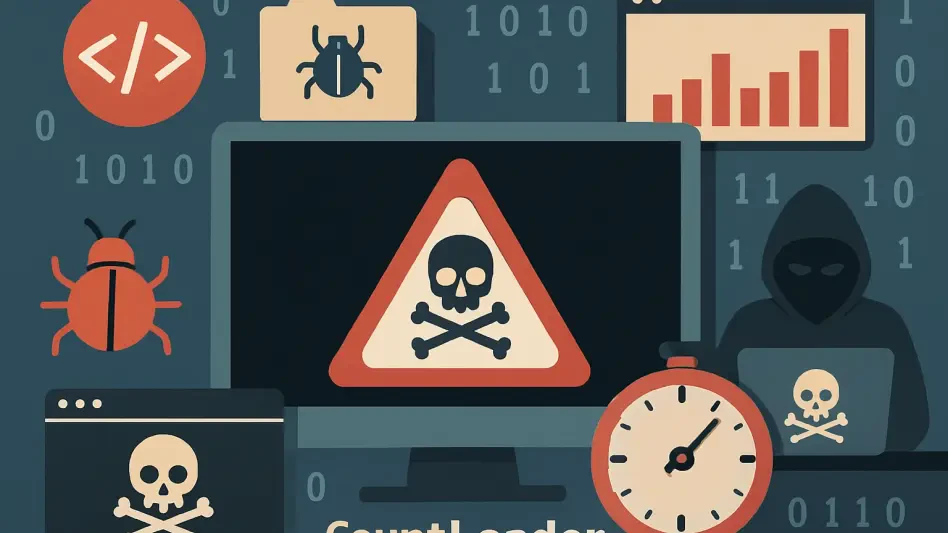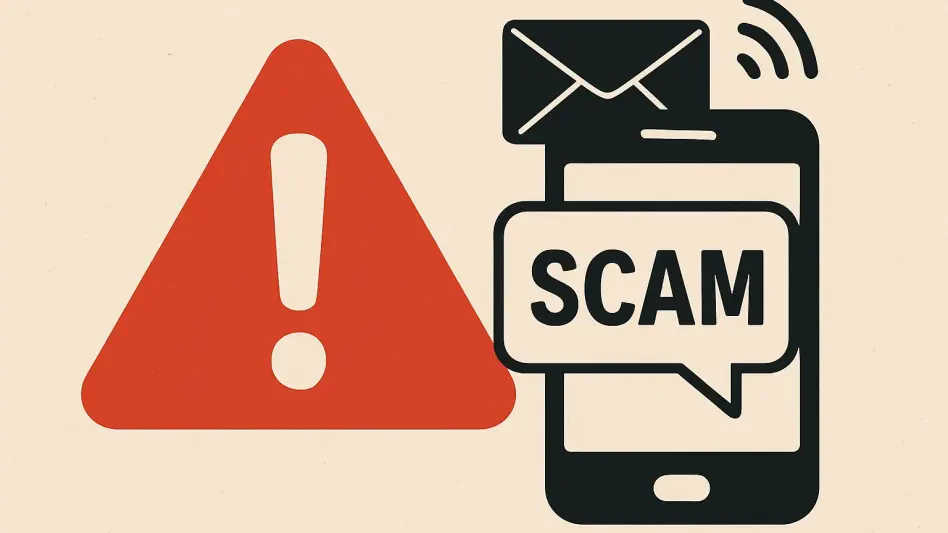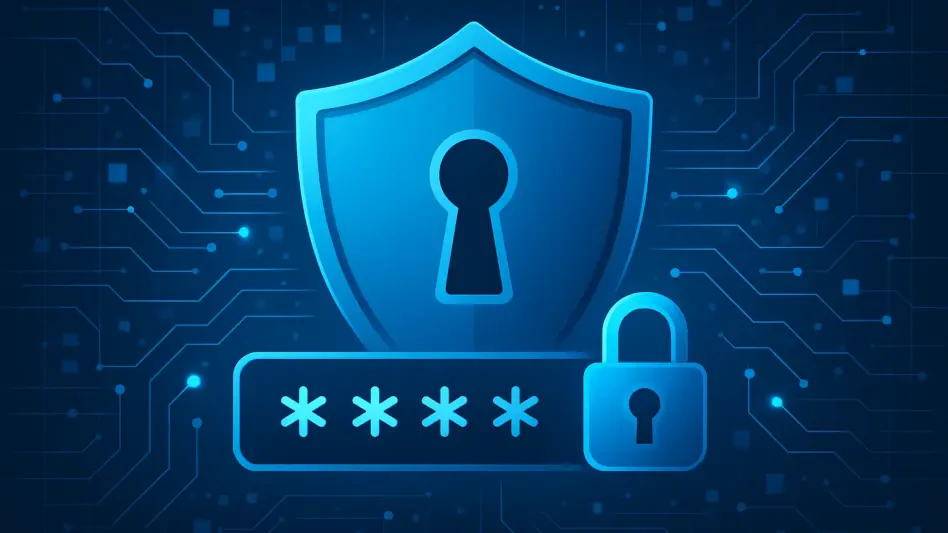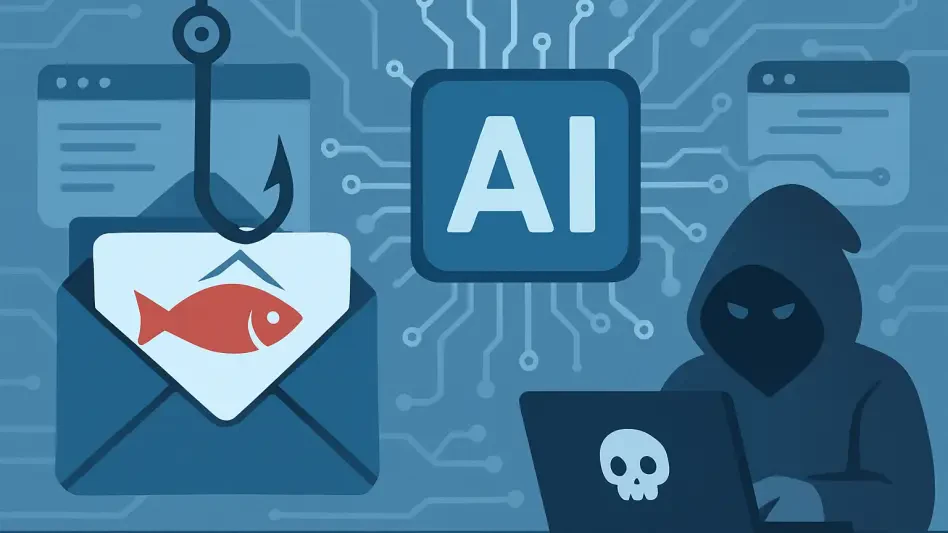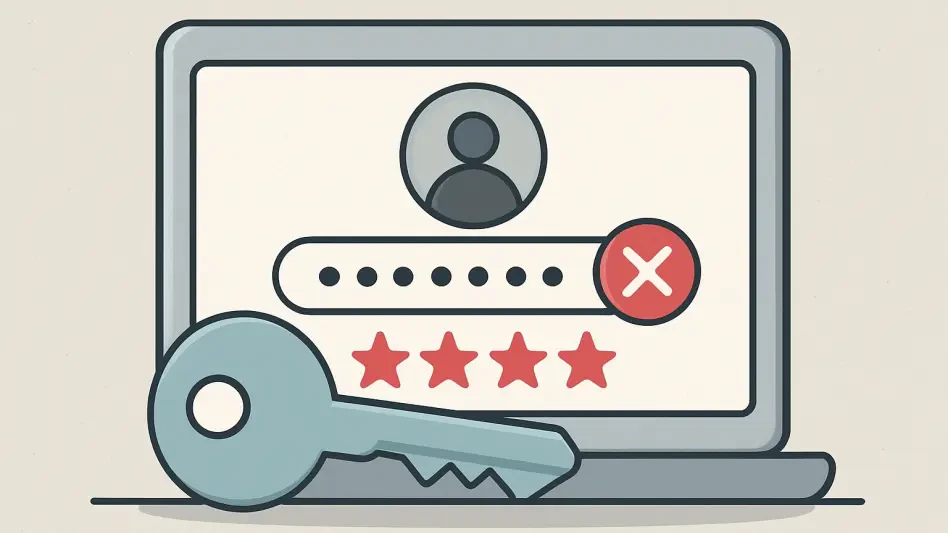The recent surge in sophisticated cyber-attacks targeting Gmail users has raised widespread concern about the security of the world’s most popular free email platform. With 2.5 billion active accounts, Gmail is a high-value target for cybercriminals. However, switching to a different email app might be a dangerous mistake. This article explores why Gmail remains a reliable option and emphasizes the importance of user behavior in mitigating cyber threats.
The Universality of Email Cyber-Attacks
No Email Platform is Immune
Regardless of the email platform, users remain vulnerable to sophisticated phishing attacks. Whether it’s Gmail, Microsoft’s Outlook, Proton Mail, or any other service, the threat landscape is pervasive. The primary reason Gmail is often targeted is its popularity and the value that a compromised Google account offers to threat actors. However, this does not mean other platforms are safe from attacks.
The increasing sophistication of cyber-attacks means that no email service is completely immune. Cybercriminals continuously develop new tactics to bypass security measures implemented by email providers. In this digitized era, phishing attacks have evolved to become highly convincing; fake emails often mimic legitimate communications, making it difficult for users to identify them as threats. Therefore, the notion that switching email providers would lead to enhanced security is inherently flawed. It fails to consider that all email platforms are vulnerable, and the only way to reduce the risk of falling victim to these attacks is through heightened user awareness and vigilance.
The Value of a Compromised Account
A compromised Google account can provide cybercriminals with access to a wealth of personal information, making it a lucrative target. This is why Gmail users often find themselves in the crosshairs of cyber-attacks. However, the same risks apply to other email platforms, making the idea of switching apps an ineffective solution.
Compromised accounts can lead to unauthorized access to sensitive information such as banking details, personal correspondence, and even login credentials for other online services. A single successful breach can have cascading effects, granting the attacker avenues to exploit additional accounts and data. This dangerous domino effect underscores why protecting one’s email account is critical, regardless of the service provider. Users must understand that the treasure trove of information held within their email accounts makes them universally appealing targets to cyber attackers, necessitating robust personal security practices irrespective of the email platform they choose.
Gmail’s Advanced Security Measures
AI-Driven Cyber Defenses
Despite frequent targeting by cybercriminals, Gmail is considered a relatively safe email platform. Google has introduced powerful AI models to bolster Gmail’s cyber defenses, specifically designed to counter phishing, malware, and spam threats. A new large language model has been effective in blocking 20% more spam, including phishing attempts, than earlier models.
This innovative use of AI enhances Gmail’s ability to differentiate between legitimate emails and potential threats. These sophisticated models can analyze vast amounts of data in real-time, identifying subtle patterns indicative of malicious intent. By leveraging AI technology, Gmail can preemptively counter threats before they reach users’ inboxes, significantly reducing the likelihood of successful attacks. Furthermore, Google’s continuous investment in AI research and development ensures that these defense mechanisms evolve in response to emerging threats, maintaining a robust shield against the ever-changing landscape of cyber risks.
AI Supervisor and Threat Signals
An AI supervisor evaluates hundreds of threat signals and employs the most appropriate protection when harmful messages are detected. This advanced system ensures that Gmail users are shielded from a wide range of cyber threats, making it one of the most secure email platforms available.
The AI supervisor’s ability to process numerous threat indicators concurrently allows for a dynamic and proactive defense approach. By integrating contextual data and behavioral analysis, it can accurately determine the legitimacy of incoming emails and isolate potential threats. This layered security measure not only enhances the accuracy of threat detection but also minimizes false positives, ensuring that genuine communications are not disrupted. The robust AI-driven security framework employed by Gmail exemplifies the cutting-edge technology being utilized to safeguard users from the increasing complexity and frequency of cyber-attacks.
Sender Authentication Protocols
Strict Sender Authentication
One of the crucial advancements in Gmail’s security is the introduction of strict sender authentication protocols for bulk emails. These protocols have led to a significant reduction in potential phishing and malware threats making it to users’ inboxes, with a notable 65% decrease in unauthenticated emails within six months.
By implementing stringent sender authentication protocols, Google has set a high standard for email security. These protocols require email senders, particularly those dispatching high volumes of messages, to strictly verify their identity. This process effectively filters out fraudulent and deceptive emails, preventing them from reaching users’ inboxes. The marked decline in unauthenticated emails demonstrates the efficacy of these measures. It signifies a substantial step forward in minimizing the incidence of phishing and other email-based cyber threats, illustrating Gmail’s commitment to user safety.
Industry-Wide Impact
Gmail’s implementation of strict sender authentication protocols has had a positive impact across the email provider industry. Other organizations have been pushed to adopt similar protocols, enhancing overall email security beyond just Gmail users. This collective effort has contributed to a safer email ecosystem.
The ripple effect of Gmail’s robust security protocols extends beyond its user base, influencing industry-wide standards and practices. The adoption of similar measures by other email service providers has created a unified front against common cyber threats, elevating the security level across the board. This industry-wide synchronization not only enhances user safety universally but also demonstrates the importance of collaborative efforts in combating cyber-attacks. By setting an exemplary precedent, Gmail has played a pivotal role in fostering a more secure digital communication environment.
Support from Specialized Organizations
EasyDMARC and DMARC Adoption
Organizations specializing in sender authentication protocol application, like EasyDMARC, have supported Gmail’s security measures. A substantial number of IT decision-makers have been influenced by Gmail’s policy to adopt DMARC (Domain-based Message Authentication, Reporting, and Conformance), further reducing phishing and spam risks.
The involvement of specialized entities like EasyDMARC underscores the importance of collaboration in the cybersecurity landscape. Their expertise in implementing and managing authentication protocols ensures the seamless adoption of these measures across different organizations. By encouraging the widespread use of DMARC and similar protocols, Gmail’s policies have significantly contributed to reducing the prevalence of phishing attacks. This coordinated effort between Gmail and cybersecurity specialists exemplifies how collective action and adherence to established protocols can fortify email security on a broader scale.
Setting a Security Standard
Gmail’s practices have set a standard and positively impacted the broader email security ecosystem. The adoption of DMARC and other security protocols by various organizations underscores the effectiveness of Gmail’s approach to email security.
By acting as a trailblazer in advocating for stringent security measures, Gmail has not only protected its users but also fostered a culture of vigilance and proactive defense within the email service industry. Their comprehensive approach to email security serves as a blueprint for other organizations, demonstrating the tangible benefits of implementing robust authentication protocols. The increase in security standardization within the industry also highlights the value of adopting a unified and aggressive stance in the fight against cyber threats, ultimately creating a more secure digital communication environment for all users.
The Importance of User Behavior
Google’s Advice on Avoiding Phishing
Rather than suggesting a switch from Gmail, the article emphasizes the importance of behavioral changes among users to improve security. Google provides essential advice on avoiding phishing attacks, including being wary of dangerous messages, unsafe content, or deceptive websites.
Google’s guidelines on avoiding phishing attacks are critical for users looking to safeguard their information. These practices are straightforward yet effective: being vigilant about unsolicited emails, double-checking the legitimacy of links and attachments, and recognizing telltale signs of phishing attempts like inconsistent email addresses or grammatical errors in the messages. Educating users about such strategies significantly reduces the likelihood of successful cyber-attacks, reinforcing the notion that user awareness and proactive defense are key components of effective cybersecurity.
Heeding Warnings and Staying Cautious
Users are advised to heed Google’s warnings and avoid clicking on links, downloading attachments, or entering personal information from untrustworthy sources. This behavior change is critical in mitigating the risk of falling victim to sophisticated phishing attacks.
By understanding and implementing Google’s security recommendations, users take a proactive stance in their online defense. This vigilance can prevent many common attacks, as cybercriminals frequently rely on user negligence or gullibility. Emphasizing the importance of staying cautious and recognizing warning signs can significantly diminish the risk of compromise. This direct, user-centric approach to security, combined with Gmail’s advanced technological defenses, offers a comprehensive strategy to protect against the evolving landscape of email-based threats.
Recognizing Gmail’s Efforts
Continuous Improvement in Defenses
While Gmail is not without its flaws, the efforts by Google to protect users deserve recognition. Gmail has made notable strides in filtering out harmful messages and continually improving its defenses. The decision to use Gmail or any other email provider ultimately rests with the individual, depending on their trust in the service.
Google’s ongoing dedication to enhancing Gmail’s security infrastructure is apparent in its progressive deployment of cutting-edge technology and its commitment to user education. Despite the challenges posed by increasingly sophisticated cyber-attacks, Google’s proactive measures reflect a strong prioritization of user safety. Continual improvements, frequent updates, and the integration of state-of-the-art AI tools ensure that Gmail remains at the forefront of email security, providing users with one of the most reliable email platforms available.
Trust in the Service
The recent upswing in sophisticated cyber-attacks targeting Gmail users has sparked significant concern over the security of this widely used free email platform. With a staggering 2.5 billion active accounts, Gmail represents a lucrative target for cybercriminals seeking to exploit vulnerabilities. Despite this, abandoning Gmail in favor of a different email service might be an ill-advised move. This article delves into why Gmail continues to be a trustworthy option, highlighting its robust security measures. Additionally, it underscores the critical role of user behavior in thwarting cyber threats. Adopting proper password management, enabling two-factor authentication, and being cautious with suspicious emails are all crucial practices. While no system is entirely foolproof, Gmail’s ongoing enhancements and security protocols make it a formidable choice. Hence, user vigilance combined with Gmail’s security features can significantly reduce exposure to cyber-attacks. It’s vital to stay informed and proactive in combating these threats to safeguard your personal information effectively.


